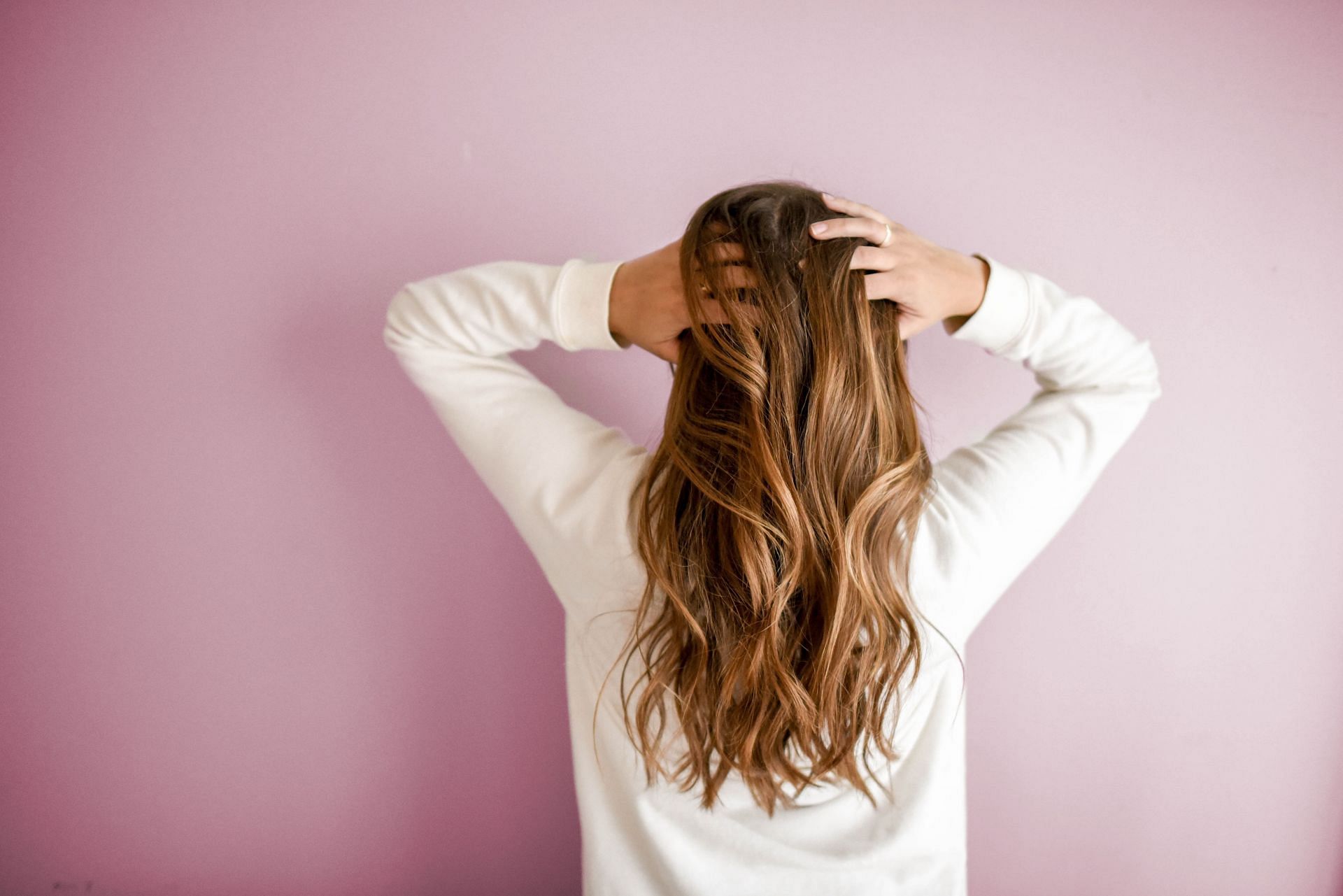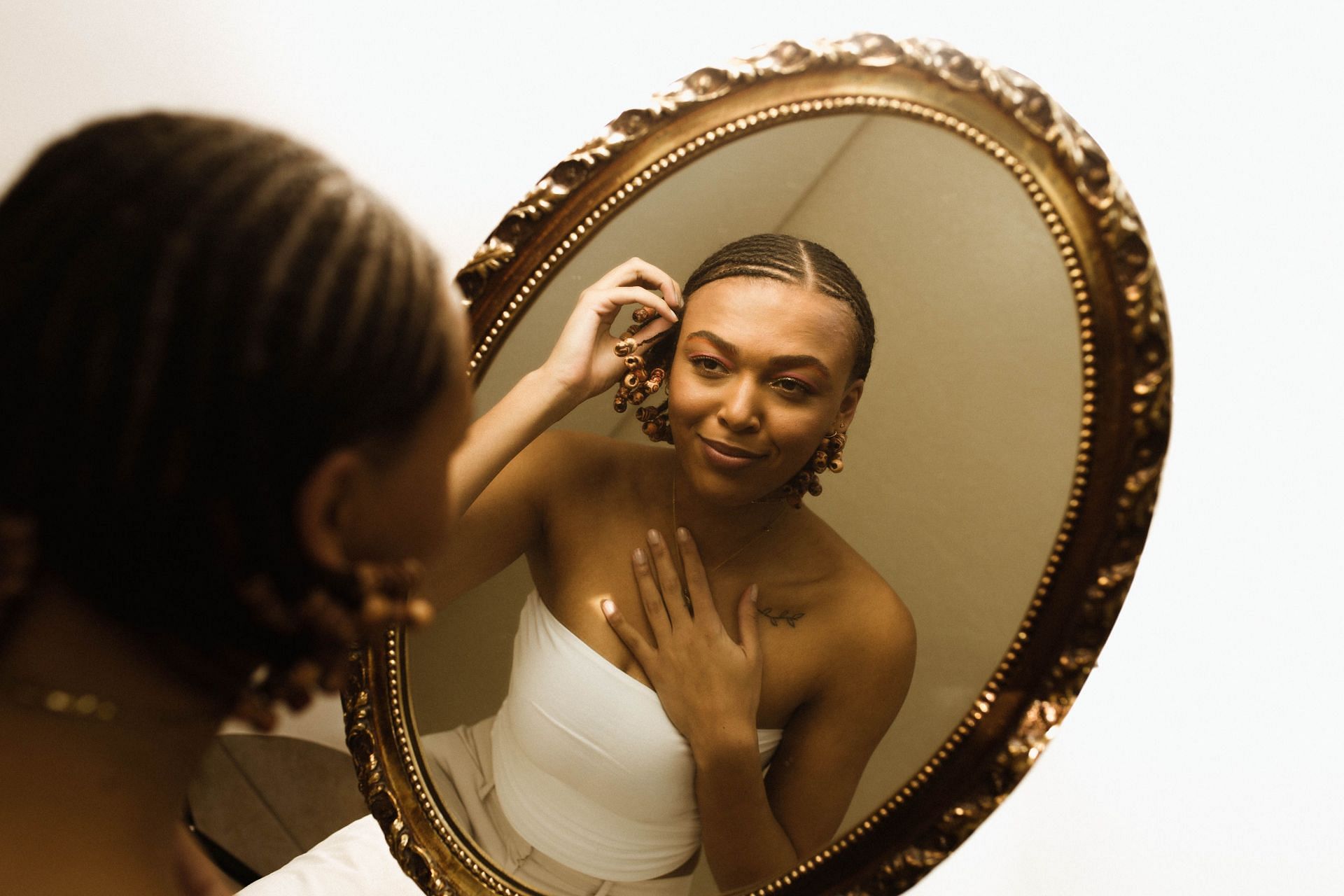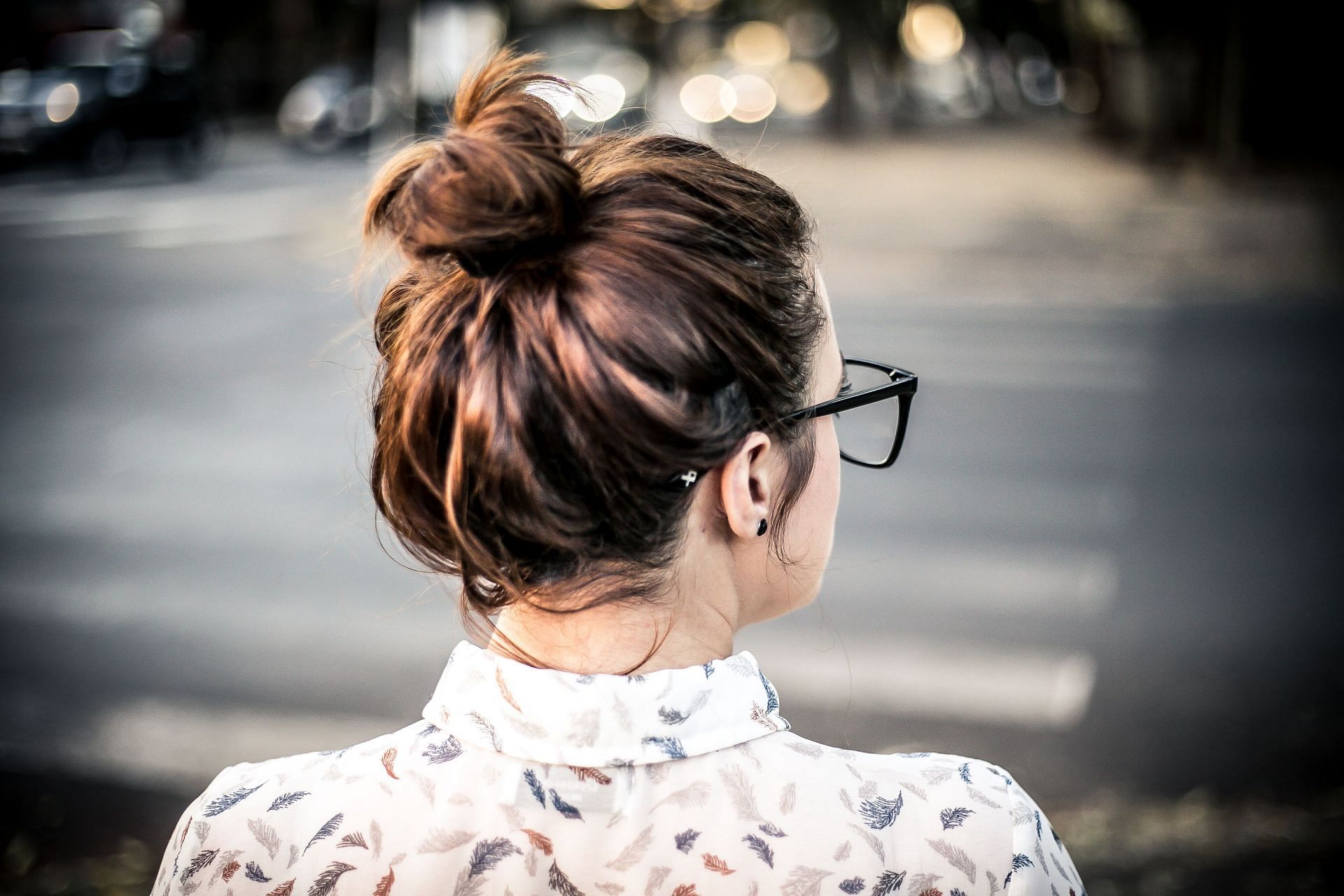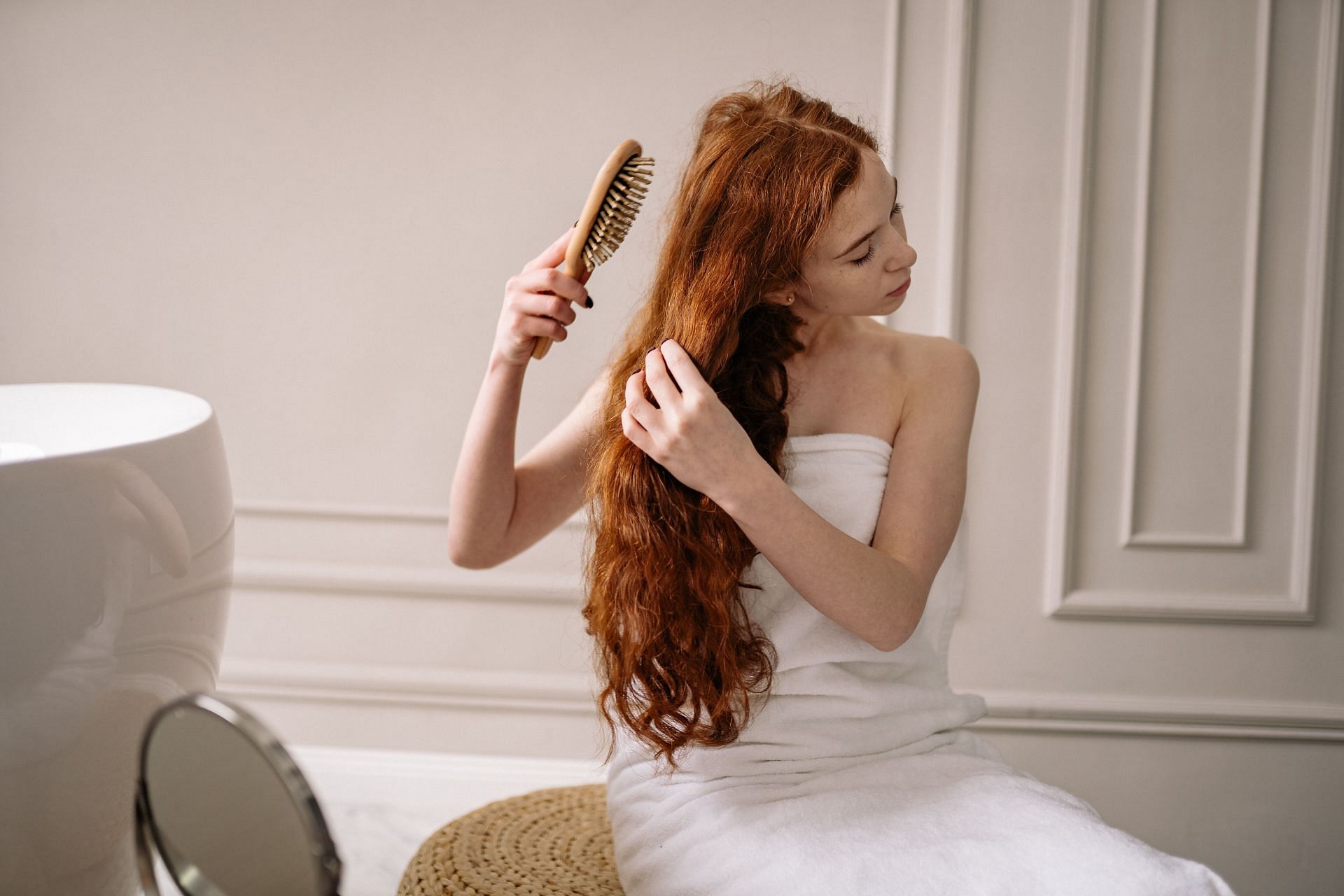
Ingrown scalp hair is a common condition that occurs when hair grows back into the skin instead of up and out, causing redness, irritation, and even pain.
People with all hair textures can experience this condition, but it's more common in those with curly, coiled, or spiralled hair. In this article, we will explore the most common causes of ingrown scalp hair and provide detailed instructions on how to get rid of it.
Causes and Treatment of Ingrown Scalp Hair
What causes ingrown scalp hair? Here are a few probable causes:
Trending
1) Genetics

If you have naturally curly or coiled hair, you're more likely to experience ingrown hair, as the hair tends to grow in a spiral shape, which makes it more likely to grow back into the skin.
The spiral shape of the hair also makes it more difficult for the hair to exit the follicle, increasing the risk of the hair becoming trapped inside the follicle and growing back into the skin.
2) Tight hairstyles

Hairstyles that pull or tighten the hair, such as braids, cornrows, or tight buns, can cause the hair to grow back into the skin.
Constant pulling and tension can also damage the hair follicle, making it more prone to ingrown hair. Tight hairstyles can also cause hair to become curly or coiled, which increases the risk of ingrown hair.
3) Poor hair care practices
Neglecting and not washing your hair regularly or using harsh hair care products can clog the scalp with oil and dead skin cells, making it easier for hair to grow back into the skin. Using a comb or brush with stiff bristles can irritate the scalp and lead to ingrown hair.
4) Shaving
Shaving can cause damage to the hair follicle, making it more prone to ingrown hair. The sharp edges of the cut hair can cause the hair to grow back into the skin, instead of up and out.
How to get rid of ingrown scalp hair?
Here are a few ways you can treat it:
1) Exfoliate
Exfoliating the scalp helps remove dead skin cells and promote healthy hair growth.
You can use a scalp scrub or a brush with soft bristles to gently exfoliate the scalp. That helps unclog the pores and prevent ingrown hairs. A scalp scrub can also help remove any build-up of oil and dead skin cells, which can clog the hair follicle and cause ingrown hair.
2) Moisturize
Keeping the scalp moisturized is important for preventing ingrown hair. Use a hydrating shampoo and conditioner, and consider using a leave-in conditioner or oil to keep your scalp moisturized. That will help prevent dryness and itching, which can lead to ingrown hair.
3) Avoid tight hairstyles

Opt for looser hairstyles that won't pull or tighten the hair, such as loose braids or a bun. That reduces risk of damage to hair follicle and likelihood of ingrown hair.
4) Use a gentle brush

Use a brush with soft bristles to detangle your hair, instead of a comb or brush with stiff bristles that can cause irritation. That helps reduce risk of damage to hair follicle and reduce likelihood of ingrown hair.
5) Avoid shaving
If you shave your scalp, consider switching to a hair-removal method that's less likely to cause ingrown hair, such as waxing or using a depilatory cream. Shaving can cause damage to the hair follicle, making it more prone to ingrown hair.
6) Consult a dermatologist
If you're experiencing severe ingrown scalp hair, it's important to consult a dermatologist.
A dermatologist can provide a personalized treatment plan and recommend use of topical medications, such as retinoids or antibiotics, to help reduce inflammation and prevent development of infections.
In some cases, a dermatologist can also recommend laser hair removal or electrolysis, which can permanently remove the hair and reduce risk of ingrown hairs.
Ingrown scalp hair is a common condition that can cause redness, irritation, and even pain. The most common causes of ingrown scalp hair include genetics, tight hairstyles, poor hair care practices, and shaving.
To get rid of ingrown scalp hair, it's important to exfoliate, moisturize, avoid tight hairstyles, use a gentle brush, avoid shaving, and consult a dermatologist if necessary. With these steps, you can promote healthy hair growth and reduce risk of ingrown hair.
Quick Links
Beauty
Edited by Bhargav
More from Sportskeeda




































